Are There Any Dietary Restrictions During Orthodontic Treatment?
Orthodontic treatment is a transformative process that can dramatically improve both dental health and aesthetics. However, it requires a conscious commitment to maintaining and protecting the braces and appliances used. One crucial aspect of this is diet, as the foods you consume can significantly impact both the effectiveness of the treatment and your overall oral health. In this article, we delve into the dietary restrictions and considerations crucial during orthodontic treatment, particularly for those undergoing treatment in the United States.
The Importance of Dietary Adjustments with Braces
During orthodontic treatment, dietary adjustments are not only recommended but necessary. This is because the brackets and wires used in treatments like braces are sensitive and can be damaged by certain foods. Foods that are too hard, sticky, or chewy can dislodge brackets, bend wires, and prolong treatment time. Moreover, maintaining good oral hygiene becomes more challenging with orthodontics, making dietary choices important to prevent plaque buildup and cavities.
Hard Foods and the Risk of Damage
Hard foods present a significant risk to brackets and wires. Examples of foods to avoid include nuts, popcorn, hard candies, and raw vegetables. Instead, opting for softer meals like cooked vegetables and fruits can help you maintain nutrient intake without risking your orthodontic appliances. A study by the American Association of Orthodontists revealed that improper diet could lead to an average of 30% longer treatment time due to appliance repairs.
Sticky and Chewy Foods: More Than Just an Inconvenience
Sticky and chewy foods are particularly problematic as they can cling to the teeth and braces, creating spots that are difficult to clean. This includes items like caramel, gummy candies, and chewing gum. When these substances lodge into orthodontic appliances, they increase the risk of tooth decay and bad breath. Moreover, the constant tugging can misalign wires, leading to unplanned orthodontic visits and adjustments.
Maintaining a Balanced Diet
While there are restrictions, maintaining a balanced diet is entirely possible with some thoughtful planning. Include plenty of dairy, grains, lean proteins, and cooked fruits and vegetables in your meals. Smoothies, yogurt, and soups can be excellent alternatives to satisfy nutritional needs while protecting dental appliances. For protein, soft meats, fish, and tofu are safer options.
Oral Hygiene's Role in Supporting Dietary Choices
The integrity of your orthodontic treatment relies heavily on oral hygiene. Brushing and flossing, which already play a vital role in oral health, become even more crucial during orthodontic treatment. Rinsing with water after every meal can help remove food particles trapped in braces. Regular check-ups and cleanings with your dentist and orthodontist should be scheduled consistently to monitor progress and prevent issues. As highlighted by Dentistry Toothtruth, establishing a routine aligned with your orthodontist’s advice can prevent many common complications.
Conclusion: Ensuring Successful Orthodontic Outcomes
The journey to a healthy and aligned smile requires both patience and adherence to specific dietary guidelines. By understanding and embracing these dietary restrictions, you can protect your orthodontic investment and ensure the most efficient and effective treatment. Always consult with your orthodontist for personalized recommendations tailored to your specific needs. Remember, the correct dietary choices now will lead you to a lifetime of benefits. For more insights and tips on managing your orthodontic treatment, visit Dentistry Toothtruth.

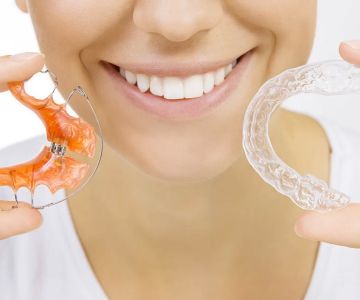
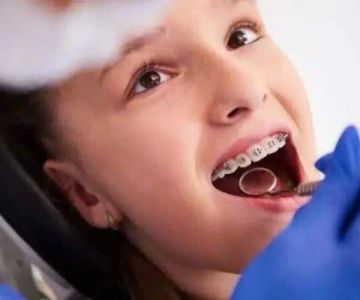
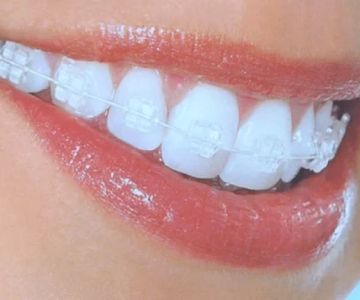
 Hawthorn Woods Family Dental Care5.0 (535 review)
Hawthorn Woods Family Dental Care5.0 (535 review) First Choice Dental- Cottage Grove5.0 (65 review)
First Choice Dental- Cottage Grove5.0 (65 review)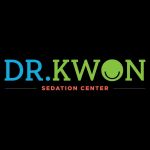 Dr. Kwon Pediatric Dentistry Sedation Center4.0 (133 review)
Dr. Kwon Pediatric Dentistry Sedation Center4.0 (133 review) TenBrook Orthodontics4.0 (39 review)
TenBrook Orthodontics4.0 (39 review) Dr. Gelena Roytman, DDS5.0 (22 review)
Dr. Gelena Roytman, DDS5.0 (22 review)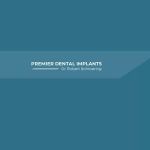 Premier Dental Implants - Jeffersonville0.0 (0 review)
Premier Dental Implants - Jeffersonville0.0 (0 review) The Importance of Oral Health Education During Pregnancy for a Healthy Pregnancy
The Importance of Oral Health Education During Pregnancy for a Healthy Pregnancy Best Tips for Brushing Your Teeth Properly for Healthy Gums: Essential Techniques for Oral Health
Best Tips for Brushing Your Teeth Properly for Healthy Gums: Essential Techniques for Oral Health Why Skipping Dental Checkups Can Lead to Bigger Oral Health Problems
Why Skipping Dental Checkups Can Lead to Bigger Oral Health Problems Advantages of Porcelain Dental Restorations
Advantages of Porcelain Dental Restorations How Can Diabetes Cause Tooth and Gum Problems? Preventing and Managing Oral Health Issues
How Can Diabetes Cause Tooth and Gum Problems? Preventing and Managing Oral Health Issues Healthy Habits for Promoting Good Oral Health and Hygiene: Tips for a Healthy Smile
Healthy Habits for Promoting Good Oral Health and Hygiene: Tips for a Healthy Smile